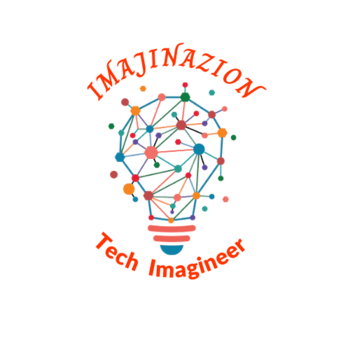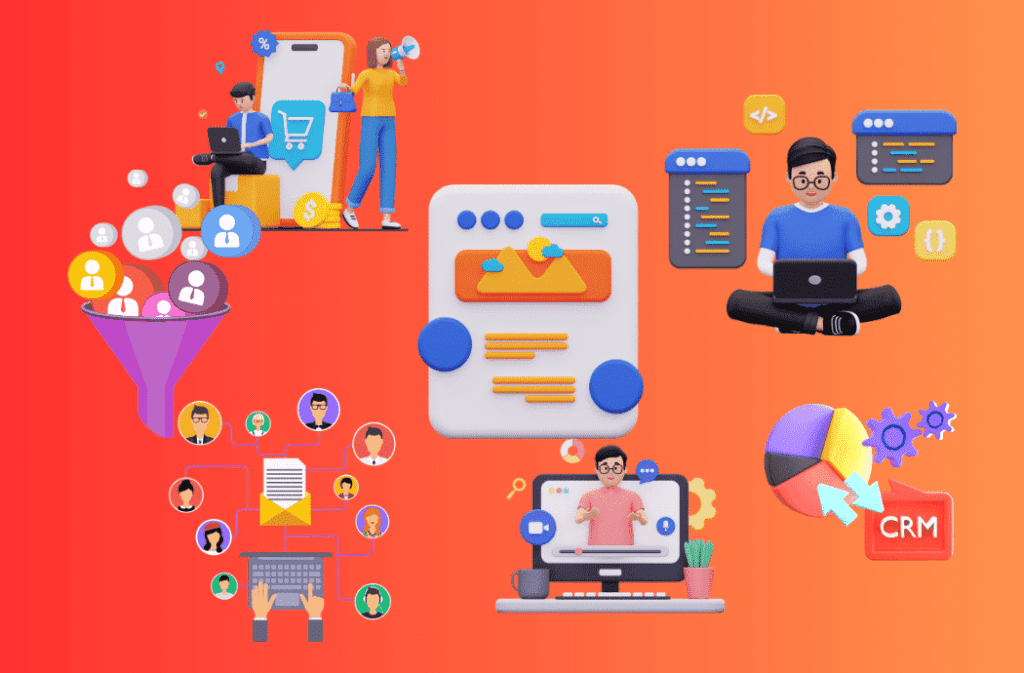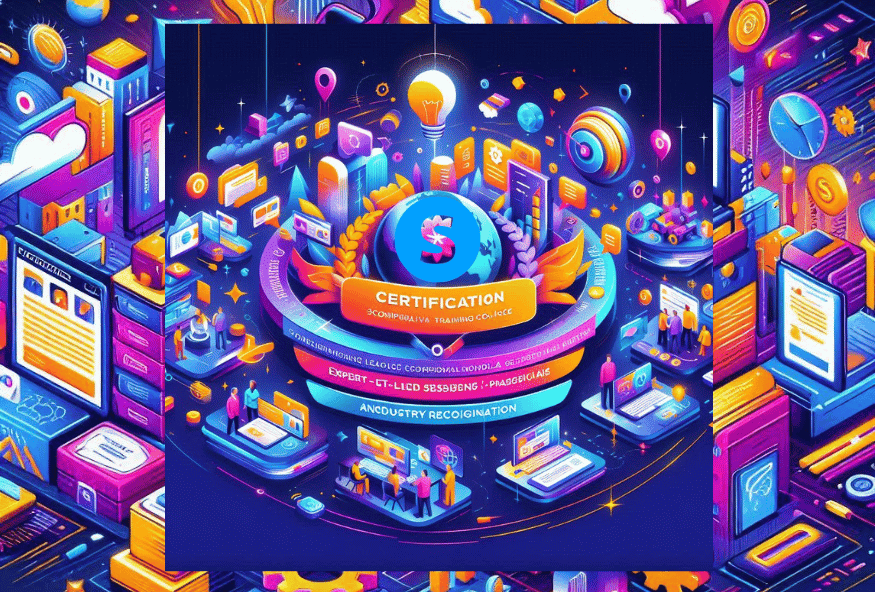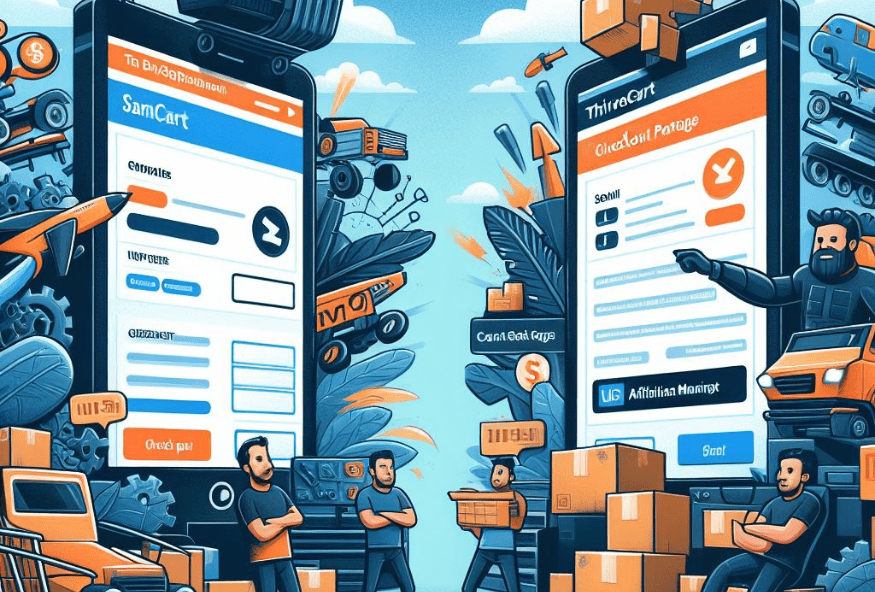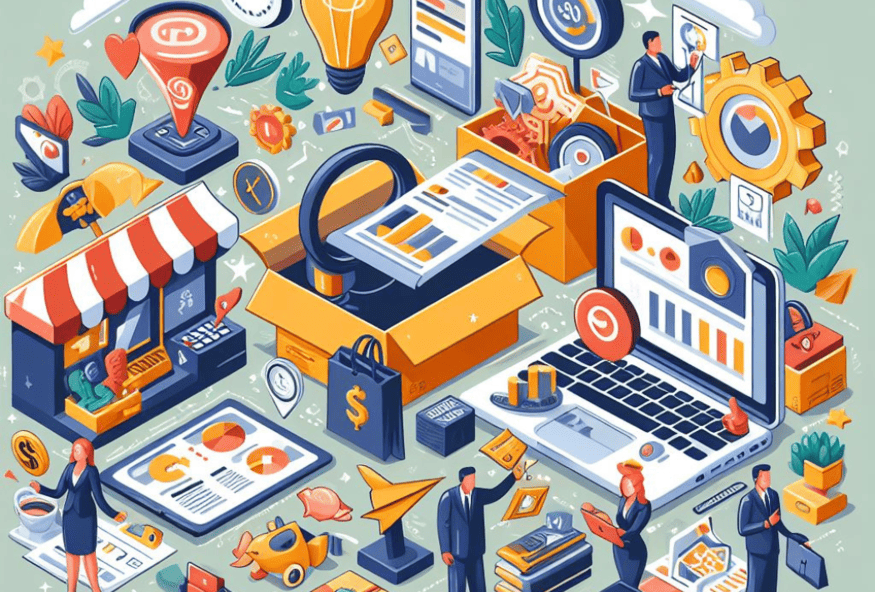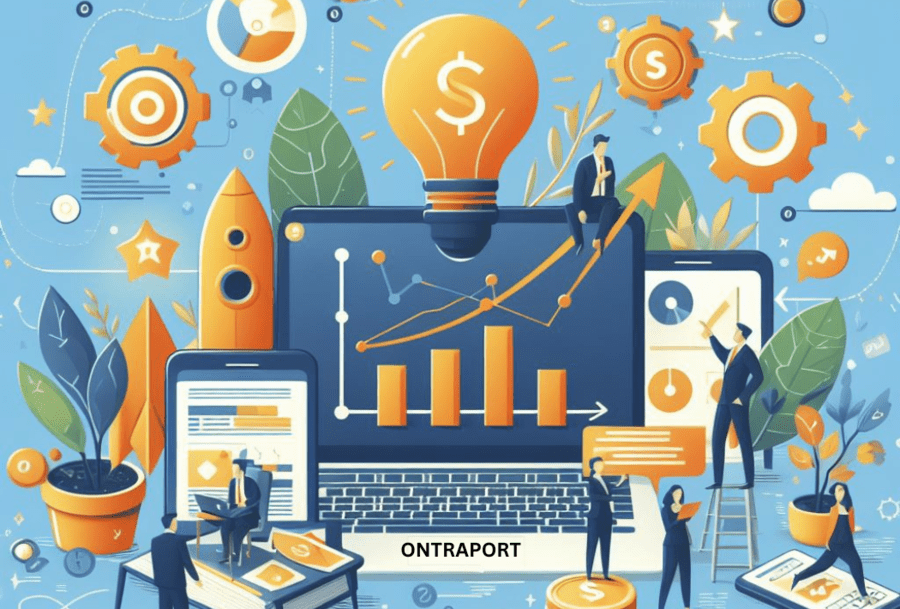Productivity In The Workplace Examples: 20 Lessons
What is Productivity?
In this article, we will explore 20 lessons that showcase productivity in the workplace examples. Productivity measures efficiency and effectiveness in accomplishing tasks, goals, or objectives within a given time. It assesses how effectively resources such as time, effort, and skills are utilized to generate desired outputs. Workplace productivity is crucial as it directly impacts the success and growth of individuals, teams, and organizations.
A productive workplace optimizes processes, leverages resources, and enhances overall performance. By improving employee productivity, businesses can achieve high productivity, meet deadlines, enhance customer satisfaction, and drive business growth.
Key Takeaways:
Statistics:
- Gallup study shows that very engaged teams are 21% more productive than teams that are not.
- According to a study from the Harvard Business Review, companies with employees who are highly engaged are 22% more productive.
- The World Economic Forum states that improving productivity is vital for long-term economic growth.
What are the types of productivity?
Different types of productivity can be measured and improved within a workplace. Understanding these types can help individuals and organizations identify specific areas for enhancement. Here are some key types of productivity:
- Labor Productivity: This type of productivity measures the efficiency of individual employees or the workforce. It focuses on how much total output is produced to the input of labor. The U.S. Bureau of Worker Statistics says that in 2020 the non-farm business sector saw a 2.4% rise in worker productivity.
- Time Productivity: Time productivity assesses how effectively time is managed and utilized to complete tasks. It involves prioritizing activities, minimizing time wastage, and optimizing work schedules. The American Psychological Association says that, on average, workers only do work-related tasks for 39% of their time at work.
- Task/Productivity: This type of productivity measures the efficiency and output of specific tasks or projects. It involves setting clear goals, tracking progress, and ensuring timely completion. A study by the University of California, Irvine, found that it takes an average of 23 minutes and 15 seconds to get back to work after being distracted.
- Knowledge/Productivity: Knowledge productivity focuses on leveraging the organization’s intellectual capital, expertise, and knowledge-sharing. It involves effective collaboration, continuous learning, and innovation. The Association for Talent Development (ATD) says that companies with strong learning cultures are 46% more likely to be leaders in their area.
- Technology/Productivity: This type of productivity relates to the impact of technology and tools in enhancing efficiency and output. It involves leveraging automation, software, and digital resources to streamline processes. A study by McKinsey Global Institute found that adopting digital collaboration tools can increase productivity by up to 20-30%.
Individuals and organizations can implement strategies and techniques to improve workforce productivity in specific areas by understanding these types of productivity.
What are the Productivity In The Workplace Examples?
- Set Clear Goals: Clearly define and communicate your goals to align your efforts and stay focused. Break big goals into smaller, doable jobs to feel like you’re progressing and getting things done.
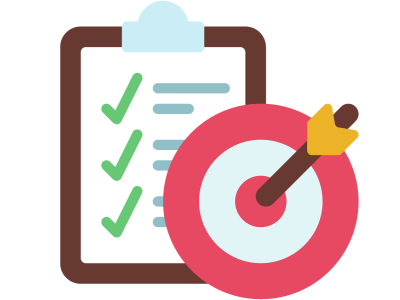

- Prioritize Tasks: Use techniques like the Eisenhower Matrix (based on urgency and importance) to prioritize tasks effectively. Focus on high-priority and high-impact activities to maximize productivity.


- Optimize Your Work Environment: Create an organized, clutter-free workspace that promotes concentration and minimizes distractions. Ensure proper lighting, comfortable seating, and a layout conducive to your workflow.
- Manage Time Effectively: Utilize time management techniques like the Pomodoro Technique (working in focused bursts with short breaks) to enhance productivity and maintain mental freshness.


- Take Regular Breaks: Incorporate short breaks into your work routine. Research shows that taking breaks improves focus, reduces mental fatigue, and enhances employee performance.
- Practice Effective Communication: Clear and concise communication fosters better understanding, minimizes misunderstandings, and accelerates task completion. Use tools like email, instant messaging, or project management software for efficient communication.
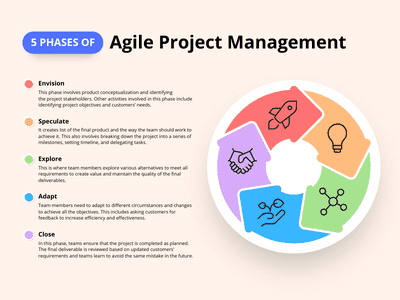

- Delegate Tasks: Learn to delegate tasks to capable team members, sharing the workload and freeing up your time for more strategic or critical responsibilities. Delegation improves efficiency and allows for a focus on the most important tasks.
- Minimize Multitasking: Contrary to conventional belief, multitasking frequently reduces efficiency and increases errors. Focus on one thing at a time to keep your mind on it and make better work.
- Utilize Productivity Tools: Take advantage of productivity software, task management apps, project management tools, and digital calendars to streamline workflow, stay organized, and manage deadlines effectively.


- Optimize Email Management: Set specific times for checking and responding to emails rather than constantly interrupting your work. Use filters, labels, and folders to organize your inbox and reduce email overload.
- Embrace Automation: Identify repetitive and time-consuming tasks that can be automated. Utilize tools and software that automate data entry, report generation, or routine administrative work, freeing up time for more important things.
- Avoid Procrastination: Recognize and address your procrastination tendencies by breaking tasks into smaller, manageable chunks, setting deadlines, and leveraging accountability methods.


- Foster a Positive Work Environment: Encourage open communication channels, collaboration, and positive relationships among team members. A supportive and engaging work environment boosts motivation, morale, and productivity.
- Emphasize Work-Life Balance: Strive for a healthy balance between work and personal life. Encourage your workers to take care of their physical and mental health because it directly affects their productivity and job happiness.


- Provide Professional Development Opportunities: Invest in employee training and development programs to enhance skills, knowledge, and productivity. Offer learning resources, workshops, and growth opportunities that align with individual and company goals.
- Eliminate or Minimize Unnecessary Meetings: Assess the necessity and effectiveness of meetings. Schedule meetings when essential, set clear agendas and keep them concise to avoid wasting valuable time.
- Encourage Regular Physical Exercise: Promote physical health, activity, and movement during the workday. Encourage employees to take short walks, stretch breaks, or participate in wellness activities to boost energy and productivity.


- Practice Mindfulness and Stress Management: Encourage techniques like meditation and deep breathing to help people deal with worry and stay focused. Provide resources and support for managing stress effectively.
- Foster Employee Engagement: Involve employees in decision-making, recognize their achievements, and create opportunities for growth and advancement. Engaged employees are more committed, productive, and driven at work.


- Foster a Supportive Company Culture: Cultivate a culture that values collaboration, respect, and work-life balance. Encourage open communication, celebrate achievements, and provide opportunities for employee feedback and suggestions. A positive company workplace culture fosters a sense of belonging and boosts overall productivity levels.
What are the available tools and software to increase productivity?
Here are some popular tools and software that can significantly enhance productivity in the workplace:
- Project Management Tools (e.g., ClickUp, Monday.com, Jira): These tools help teams plan, organize, and track tasks and projects. They provide features like task assignment, progress tracking, and collaboration, ensuring efficient project management and improved productivity.
- Communication and Collaboration Tools (e.g., Slack, Microsoft Teams, Google Workspace): These platforms facilitate seamless communication and collaboration among team members, allowing real-time messaging, file sharing, video conferencing, and project updates. They streamline communication and enhance productivity, especially for remote or distributed teams.
- Time Tracking Software (e.g., Toggl, RescueTime): Time tracking tools help individuals and teams monitor how they allocate their time. They provide insights into time spent on specific tasks, identify time-wasting activities, and enable better time management and productivity optimization.
- Note-Taking and Organization Tools (e.g., Evernote, Microsoft OneNote): These tools enable users to capture and organize information, ideas, and meeting notes in a centralized digital space. They offer searchability, tagging, and syncing across devices, promoting efficient information management and quick access to essential details.
- Task Management Apps (e.g., Todoist, Microsoft To-Do): These apps help individuals organize and prioritize their tasks, set deadlines, and receive reminders. They allow users to create a to-do list, track progress, and ensure timely completion of assignments, improving personal productivity and task management.
- File Storage and Sharing Platforms (e.g., Dropbox, Google Drive, Microsoft OneDrive): These cloud-based platforms offer secure storage and easy sharing of files, documents, and folders. They enable seamless collaboration, version control, and access to files from any device, enhancing productivity and eliminating the hassle of email attachments.
- Email Management Tools (e.g., Systeme.io, GetResponse): Email management tools help streamline inbox organization, automate repetitive tasks, and prioritize important messages. They reduce email overload, improve email efficiency, and allow users to focus on critical work.
- Automation Software (e.g., Pabbly, Zapier, Systeme.io): Automation tools integrate different apps and systems, enabling the automation of repetitive tasks, data syncing, and workflow optimization. Streamlining processes saves time and effort, eliminates manual work, and increases productivity.


Systeme.io
Systeme.io is an all-in-one Marketing automation platform. It gives you everything you need to create sales funnels, email campaigns, online courses, and more. And it’s incredibly affordable – you can get started for free and pay as you grow. Don’t miss this opportunity – sign up for the Free Version Forever Plan now.
- Password Management Tools (e.g., LastPass, Dashlane): These tools securely store and manage passwords for various accounts and applications. They eliminate the need to remember multiple passwords, enhance security, and save time during login processes.
- Virtual Meeting and Webinar Platforms (e.g., Zoom, Microsoft Teams, WebEx) enable virtual meetings, webinars, and conference calls. They provide features like screen sharing, video conferencing, and interactive collaboration, facilitating effective communication and remote work collaboration.
- Productivity Dashboards (e.g., Monday.com, ClickUp): Dashboards centralize project and task information, displaying key metrics, progress updates, and deadlines visually. They provide a comprehensive overview of work, fostering transparency, accountability, and productivity tracking.
- Time Zone Converters (e.g., World Time Buddy, Every Time Zone): When working with global teams or clients in different time zones, these tools help schedule meetings, plan deadlines, and coordinate activities more efficiently, considering time differences.
- Document Collaboration Tools (e.g., Google Docs, Microsoft SharePoint) enables real-time collaboration on documents, spreadsheets, and presentations. Multiple users can simultaneously edit files, leave comments, and track changes, enhancing team productivity and eliminating version control issues.
- Passwordless Authentication Tools (e.g., Windows Hello, Apple Touch ID): These tools leverage biometrics or security devices for authentication, eliminating the need for passwords. They improve security, save time on login processes, and reduce the risk of password-related issues.
- Cloud Accounting Software (e.g., QuickBooks, Xero): Cloud-based accounting tools automate financial processes, invoicing, expense tracking, and reporting. They streamline financial management, reduce manual data entry, and improve accuracy and efficiency in financial tasks.
- Social Media Management Tools (e.g., Hootsuite, Buffer): These platforms simplify management by allowing users to schedule posts, monitor engagement, and analyze metrics across multiple social media platforms. They save time and streamline social media marketing efforts.
- Mind Mapping Software (e.g., MindMeister, XMind): Mind mapping tools help visualize ideas, brainstorm, and organize thoughts in a hierarchical or non-linear format. They enhance creativity, facilitate information organization, and boost productivity in planning and decision-making processes.
- Customer Relationship Management (CRM) Systems (e.g., Pipedrive, Salesforce, HubSpot): CRM systems centralize customer data, streamline sales processes, and automate tasks related to customer management, lead tracking, and pipeline management. They enhance sales productivity and customer engagement.


Pipedrive
Elevate your sales game with Pipedrive, a CRM platform tailored to your needs. Experience seamless sales automation, robust security, and extensive tool integrations that simplify your processes and grow your business. Transform your customer relationships from managed to mastered with Pipedrive.
- Virtual Assistant/Chatbot Applications (e.g., Siri, Alexa, Google Assistant): Virtual assistants and chatbots offer voice or text-based assistance for tasks like scheduling, reminders, information retrieval, and basic research. They provide quick access to information and help offload repetitive tasks, increasing personal productivity.
- Video Conferencing Equipment (e.g., high-quality cameras, microphones, and speaker systems): Investing in reliable and high-quality video conferencing equipment improves remote meeting experiences, reduces technical issues, and enhances communication and collaboration for distributed teams.
These tools and software cater to various aspects of productivity, ranging from project management and communication to time tracking and automation. Choosing the right combination based on your specific needs and workflow can significantly boost productivity in the workplace.
Final Thoughts:
Improving productivity in the workplace is an essential factor in achieving success and growth. By understanding the concept of productivity and its various types, individuals and business owners can implement strategies to enhance efficiency, effectiveness, and overall output.
In this blog article, we explored 20 practical examples of how to improve productivity at work. From setting clear goals and prioritizing tasks to leveraging productivity tools and fostering a supportive work culture, these strategies can significantly impact individual and team performance.
Incorporating these techniques into daily work routines can improve productivity, job satisfaction, and work-life balance.
Productivity is not just about working harder but also about working smarter. It involves finding the right balance between focus, effective communication, proper time management, and utilizing the available resources and technology to their fullest potential.
By adopting the best practices and utilizing the appropriate tools, businesses and individuals can create a productive work environment that drives success, promotes employee engagement, and contributes to long-term productivity growth. It is a never-ending process of improvement and change to keep up with the changing needs of the modern workplace.
FAQ:
- What is the best way to measure how productive people are at work? Measuring productivity can be done through various metrics such as output quantity, quality, efficiency, or revenue generated. Choose the metric that aligns best with your organization’s goals and track it consistently.
- How can I overcome common productivity challenges, such as procrastination or distractions? Overcoming productivity challenges requires self-awareness and effective strategies. To combat procrastination, break tasks into smaller steps and set deadlines. Minimize distractions by creating a dedicated workspace, using time management techniques, and practicing self-discipline
- How can I maintain a work-life balance while improving productivity? Maintaining work-life balance is crucial for overall well-being and sustained productivity. Set boundaries, prioritize self-care, delegate tasks when possible, and practice time management techniques to ensure dedicated time for a personal life outside work hours.
- Are there specific productivity techniques or tools for remote workers? Remote workers can boost productivity by establishing a dedicated workspace, maintaining a routine, leveraging communication and collaboration tools, and setting clear expectations with colleagues. Time tracking and task management apps can help remote workers stay organized and focused.
- How does employee engagement impact productivity? Employee engagement plays a significant role in productivity. Engaged employees are more motivated, committed, and satisfied with their work, leading to higher productivity. Foster engagement through effective communication, recognition, professional development opportunities, and a positive work culture.
